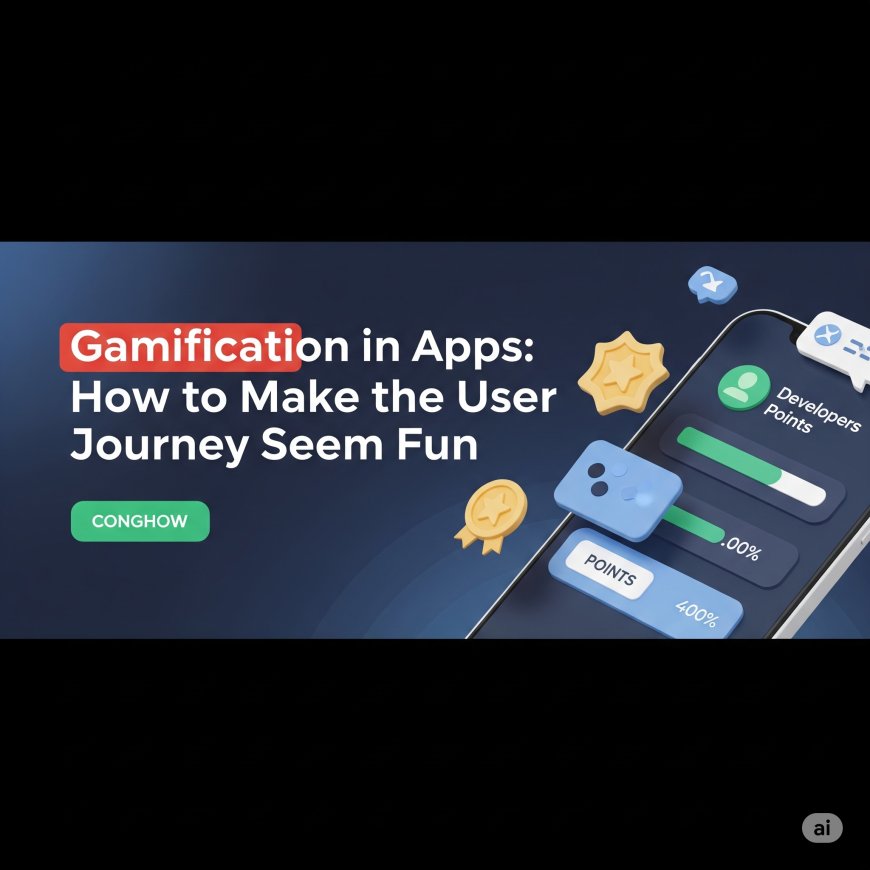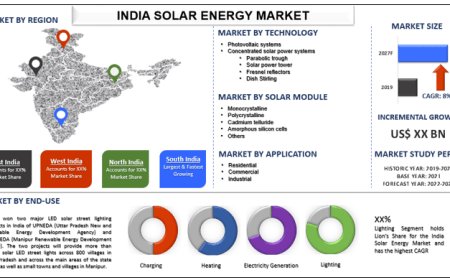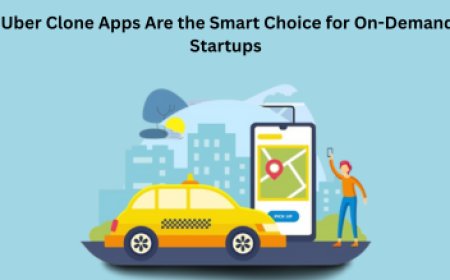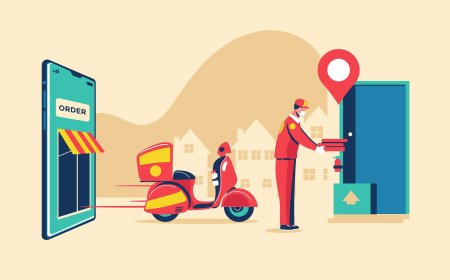Gamification in Apps: How to Make the User Journey Seem Fun
Discover how businesses and developers can make the user journey seem more engaging and fun through various gamification elements that can significantly boost user retention and experience rates.

App developers and designers operate in a competitive environment of decreasing user attention, which drives them to find innovative methods for maintaining user engagement. Gamification stands as an effective technique that applies game-based elements to purposes outside gaming environments.
Through proper gamification techniques, users experience apps in a more memorable way, which becomes more interactive and rewarding. The basic psychological tendencies of humans respond to gamification because it enables users to accumulate points and or rise through leaderboards.
The correct implementation of gamification requires designers to develop user experiences that lead to emotional engagement and repeated visits from users.
What is Gamification?
Gamification refers to the incorporation of gaming elements into non-gaming platforms to generate higher user interest that boosts their motivation. Types of interactive features used for gamification in mobile app development include reward systems, player advancement through levels, challenge systems, badge acquisition, and leaderboards, in addition to virtual rewards. Users experience a gamified journey when they can view their progress, understand their objectives, and receive quick feedback.
Why Gamification Works: The Psychology Behind It
The psychological aspects of human nature reveal the underlying reasons why gamification delivers its desired effects. The effective functions of gamification rest on several core principles in mobile applications, which are:
-
Motivation through Goals: Goal-driven motivation becomes available when users receive well-defined targets and specific measurement points.
-
Dopamine Triggers: Small achievements cause dopamine to be triggered, resulting in a helpful release for experiencing pleasure.
-
Immediate Feedback: Users receive instant feedback regarding their actions that strengthens their behavior through learning.
-
Social Influence: Leadership rankings and community-based challenges take advantage of both friendly competition and teamwork dynamics.
-
Autonomy and Mastery: Permitting users to explore autonomously with the freedom to learn skills leads to sustained user engagement.
What Are the Core Elements Involved in App Gamification
-
Badges and Achievements
Inside the app, developers add digital trophies called badges that symbolize user achievements and specific awards reached in the app. The system grants users feelings of accomplishment through recognition which leads to knobs of confidence in their task completion.
-
Points and Rewards
The basic component of gamification functions as points through which users receive immediate feedback for their actions. Each instance of login or tutorial completion, or every in-app purchase, results in points, which your users can accumulate to receive positive virtual app-based rewards.
-
Streaks and Consistency Rewards
Providing rewards to users when they display continuous engagement practices through multiple daily logins helps create new patterns. App agencies implement streaks with an emotional pull that causes users to sustain their record because they do not want to forfeit earned prizes.
-
Levels and Progression
The user experience improves when platforms show their progress through defined levels or experience points, or ranks, which activate intrinsic drive toward self-improvement. When users stay engaged, they will encounter additional material and accessible functions alongside an upgraded status.
-
Leaderboards
The implementation of leaderboards by premium app development companies creates competitive dynamics by establishing user rankings according to their actions and achieved performance. These features establish a comparative model among users, which makes them strive for better positions on the leaderboard.
-
Challenges and Quests
Time-based or goal-oriented assignments create both pressure and specific goals which enhance user commitment to the platform. The challenges operate either independently or through teamwork to generate both personal and collective objectives for users to reach.
How To Develop A Successful Gamification Plan for App Execution
-
Understand Your Users
The first step requires understanding what your targeted audience base wants, since they might seek competition, mastery experience, prefer collaboration, or discovery-based activities. Developed game elements that align with player motivation produce higher levels of user engagement.
-
Start Simple
New users require an acclimation period before diving into multiple game elements at once. New users should start with basic points or badges at the beginning, followed by more complex game mechanics as they learn the system. Over time, the system transition can help users increase their skill set.
-
Balance Challenge and Reward
Users should experience a state of accomplishment through tasks that interest them. Users experience boredom if goals are too simple, yet they abandon the activity if the milestones prove too difficult. Maintaining the optimum equilibrium between tasks ensures players remain driven.
-
Make Rewards Meaningful
All rewards that users obtain should directly enhance their journey and contribute genuine value. Rewards with genuine value keep individuals motivated, while pointless rewards cause motivation to fade away. A program of incentives needs to focus on delivering superior value rather than accumulating excessive rewards.
-
Visualize Progress
The visible progression markings through experience bars, together with streak counters and unlocked content features, demonstrate user advancement in real time. The visual representations enabled users to track their advancement, so they developed continued motivation to proceed.
Conclusion
Good gamification practices turn mundane user journeys into exciting and interesting pathways for customers. The objective extends beyond simple fun factors since you must develop a space that attracts users to keep using your app and engaging with its content.





































